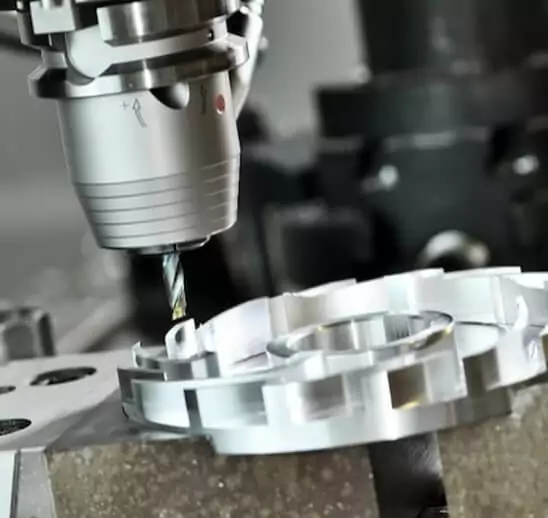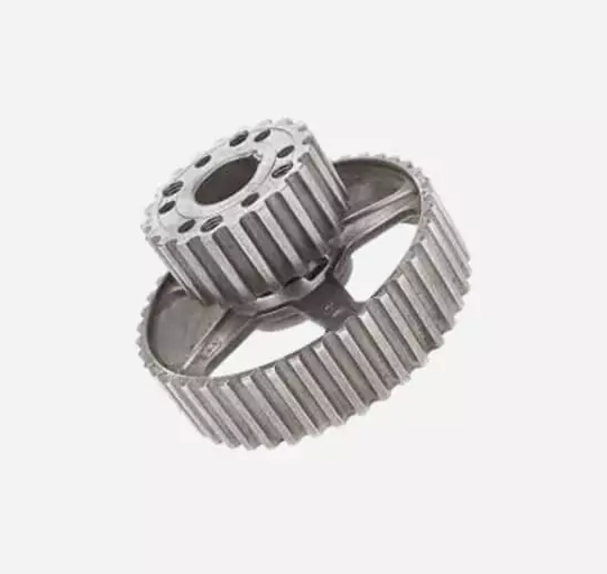 Services
Services
Services
- CNC Machining
- Extrusion Profile
- Wax Casting
- Sand Casting
- Injection Molding
- Gear Hobbing
- Die Casting Aluminum Alloy
- Sheet Metal
Related Links
Related Links
Related Links
Die Casting Aluminum Alloy
Die Casting Aluminum Alloy ServicesWe are focusing on:
- Industries
- Resources
- About Us
- Contact








